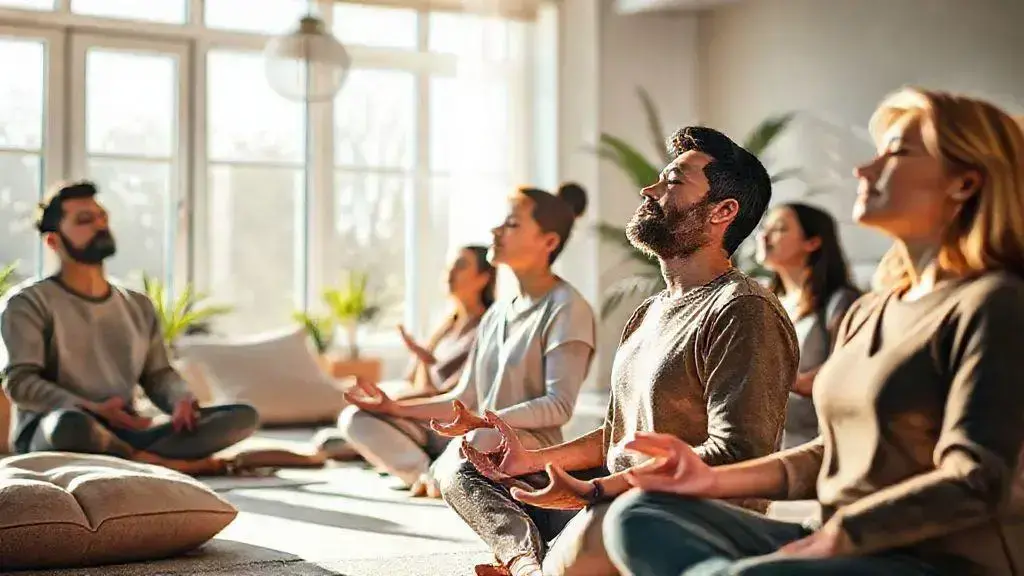Leitura: 7 minutos Discover how a free Art of Living course can unlock clarity, resilience, and performance in your daily life—even if you’re skeptical about self-help or wellness trends. In today’s hyper-competitive landscape, mental agility isn’t just a personal bonus—it’s a core professional advantage. Let’s expose what leading intelligence says about these programs and what their real-world impact could mean for your edge in the market.
What Is the Free Art of Living Course?
The free Art of Living course delivers foundational techniques in breathwork, mindfulness, and stress management, open to anyone regardless of background. These courses, often offered in both virtual and physical formats, focus on practical skills that promise fast results.
- Guided breathing sessions designed for stress relief
- Introductory mindfulness methods for sharper focus
- Real-life tools for emotional regulation
On the ground, this translates to measurable improvements in your workforce’s well-being and productivity. The message for those seeking a competitive edge: such programs are no longer just “nice-to-have”—they’re rapidly becoming standard in high-performance environments. Would free training like this shift habits in your work culture?
Market Impact: Why Companies Care
Forward-thinking businesses are integrating Art of Living modules into their HR strategies. Why? Because the ROI on mental well-being is tangible: decreased absenteeism, higher engagement, and resilience through market volatility.
- Reduced healthcare costs and insurance claims
- Improved talent retention rates
- Enhanced brand reputation in competitive markets
In practical terms, investing in mental fitness training means fewer disruptions in your supply chain and smoother internal operations. For leaders focused on risk management, automated well-being support is a calculated move. Do you see wellness as a cost center or a performance lever?
How Free Courses Are Funded
The business model behind “free” isn’t magic—it’s a blend of strategic philanthropy and partnership marketing. Foundations, corporate sponsors, and even local governments offset course delivery costs to expand their social impact footprint and amplify brand value.
- Corporate social responsibility initiatives (CSR)
- Tax-incentivized donations
- Strategic alliances with health providers
For entrepreneurs, this means opportunity—either to sponsor programs that enhance their market share or to leverage such partnerships for visibility. In strategic terms: aligning your brand with wellness can open unexpected B2B doors. What strategic alliances can your business forge in the wellness space?
Key Outcomes and Measured Results
Participants in free Art of Living courses consistently report reduced stress, improved mood, and higher focus within weeks. Emerging data highlights:
- 25% drop in perceived stress (within one month)
- Significant improvements in teamwork and conflict management
- Faster recovery from high-pressure periods
On the shop floor or in the boardroom, these gains ripple directly into measurable performance. The recado for leaders: fostering resilience is non-negotiable if you want to protect—even expand—your market share amid uncertainty. What indicators would you use to track wellness ROI in your organization?
Tech, Regulation & The Future
Digital transformation is accelerating the Art of Living movement. Mobile apps, biometric feedback, and AI-powered mental health platforms now extend core course principles 24/7, making well-being scalable at enterprise level.
- Regulators increasingly mandate workplace wellness programs
- Advanced analytics ensure compliance and early risk detection
- AI-driven customization heightens engagement and accountability
Implicitly, tech adoption both protects your organization from regulatory risk and positions it as an innovator. The smart money is on companies using digital wellness not just for compliance but for intelligence-led performance gains. Is your leadership team using tech as a hygiene factor or a strategic differentiator?
